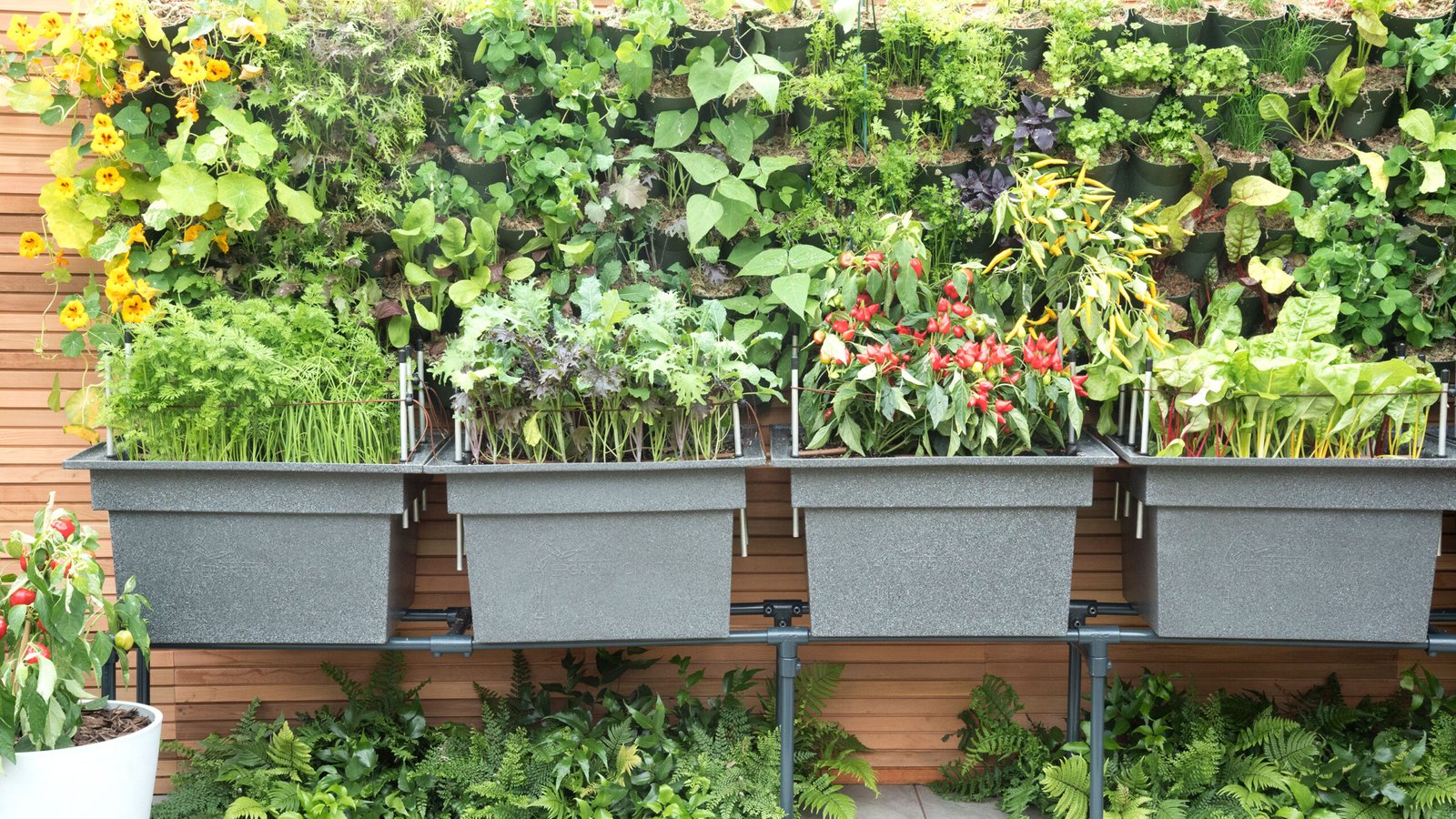
CHELSEA 2021. DOBBIES VEGETABLE PLANTERS
What is a Zuhagarten?
A Zuhagarten is a distinctive gardening concept that emphasizes the harmonious integration of nature and design, originating from modern approaches to sustainable gardening. Unlike traditional gardens that often prioritize ornamental aesthetics, a Zuhagarten focuses on creating a sustainable ecosystem within the green space. These gardens are characterized by their emphasis on biodiversity, water conservation, and the use of native plants. This unique approach not only enhances the visual appeal of the garden but also promotes a healthier environment.
The key principles of a Zuhagarten include careful plant selection that prioritizes native flora, which is better adapted to the local climate and soil conditions. By choosing plants that are indigenous to the area, gardeners can reduce water usage and minimize the need for chemical fertilizers or pesticides. This sustainable methodology aligns with the growing global awareness of ecological balance and environmental stewardship. Incorporating a variety of plant types supports local wildlife, with many Zuhagarten designs encouraging pollinators such as bees and butterflies to thrive.
Design-wise, a Zuhagarten may incorporate various elements such as raised beds, permaculture techniques, and innovative irrigation systems. It often features natural landscaping that promotes soil health and encourages biodiversity. These gardens are not only functional but also serve as a sanctuary for both people and local fauna. The significance of Zuhagarten is further amplified by its increasing popularity among gardening enthusiasts who seek to make a positive impact on their surroundings, thus fostering a deeper connection with nature. As more individuals aspire to create environments that benefit both themselves and the ecosystem, the Zuhagarten concept embodies a sustainable path forward in gardening culture.
Key Elements of Designing a Zuhagarten
Designing a successful zuhagarten requires careful consideration of several key elements. First and foremost, spatial planning forms the foundation of an effective garden layout. Understanding the dimensions and shape of the available space is essential to ensure that plants can grow harmoniously while allowing for accessibility. Utilizing garden beds, pathways, and seating areas helps create a well-organized and inviting outdoor environment.
Another crucial component is plant diversity. A variety of plants, including native species, not only enhances the aesthetic appeal of a zuhagarten but also fosters a healthy ecosystem. Incorporating different types of flora promotes biodiversity, attracts pollinators, and provides habitat for beneficial insects. When selecting plants, opting for those that bloom in different seasons can also ensure that the garden remains vibrant and alive throughout the year.
Seasonal considerations are vital when planning a zuhagarten. Understanding local climate patterns and choosing plants accordingly can help to maintain the garden’s health and minimize maintenance challenges. For instance, incorporating perennials alongside annuals can provide a consistent display of color and texture across seasons, while evergreens offer structure and visual interest during winter months.
Sustainable practices are increasingly important in modern gardening. Utilizing organic fertilizers, implementing rainwater harvesting, and allowing for natural pest control are all effective methods to reduce the environmental impact of a zuhagarten. These practices not only promote ecological balance but can also lead to a more resilient garden.
Finally, artistic elements such as color schemes and textures contribute significantly to the visual appeal of a zuhagarten. Thoughtful selection of plant combinations can create a harmonious palette that enhances the overall atmosphere, while varied textures can add depth and intrigue. By blending these design elements, gardeners can craft unique and engaging spaces that fulfill both aesthetic and functional needs.

Benefits of Zuhagarten for Your Home and Well-being
Incorporating a Zuhagarten into your personal space offers numerous advantages that can significantly enhance both your home environment and well-being. One of the primary benefits is the positive impact on mental health. Engaging with green spaces can lead to reduced stress levels and improved mood. Studies have shown that spending time in nature lowers cortisol levels, thus promoting a sense of relaxation and tranquility. By creating a Zuhagarten, individuals cultivate a serene atmosphere that encourages mindfulness and relaxation.
Additionally, a well-designed Zuhagarten contributes to improved air quality. Plants have the remarkable ability to filter pollutants from the air and produce oxygen, which is essential for healthy living. This natural purification process not only benefits the inhabitants of a home but also contributes positively to the community’s overall air quality. The presence of greenery in urban settings is particularly beneficial, as it helps combat the effects of pollution and enhances the surrounding environment.
The aesthetic value of a Zuhagarten cannot be overstated. A beautifully landscaped garden enriches the visual appeal of your home, making it more inviting and pleasurable to inhabit. This unique green space serves as a focal point for family gatherings, fostering connections among family members and friends while promoting a sense of community. Furthermore, it can also serve as a platform for community engagement, as neighbors may gather to share gardening tips or collaborate on landscaping projects.
Ultimately, the integration of a Zuhagarten not only enhances one’s home but also nurtures a deeper connection with nature. By investing in such a space, individuals can enjoy numerous health advantages alongside aesthetic improvements, all while contributing to ecological sustainability and community well-being.
Getting Started: Tips for Creating Your Own Zuhagarten
Creating your own zuhagarten can be a rewarding endeavor that allows you to connect with nature while enhancing your green space. To begin, selecting the right location is essential. Ideally, your zuhagarten should be situated in an area that receives adequate sunlight—typically six to eight hours a day—while also having some protection from harsh winds. Consider placing it near a water source for easy access and maintenance.
Next, evaluating the soil is crucial in determining what plants will thrive in your new garden. Perform a soil test to understand its pH and nutrient levels. Based on the results, you may need to amend the soil by adding organic matter, such as compost, to improve its structure and fertility. Focus on well-draining soil, as many plants prefer to avoid sitting in waterlogged conditions.
Water needs are another critical aspect. Understand the watering requirements of the plants you choose, as different species have varying moisture needs. Incorporating mulch can help retain moisture in the soil while also suppressing weeds, leading to a healthier and more vibrant zuhagarten.
When selecting plants, consider native species as they are often better adapted to your local climate and soil conditions. This can enhance biodiversity and support local wildlife while reducing the need for excessive water or fertilizers. Planning for a mix of perennials, annuals, and even edible plants can create visual interest and functional benefits.
Regular maintenance is key to a flourishing zuhagarten. Develop a seasonal schedule for tasks such as pruning, fertilizing, and pest management. Additionally, consider rotating crops to maintain soil health and prevent the buildup of pests and diseases. With thoughtful planning and care, your zuhagarten can thrive, providing beauty and enjoyment for years to come.




